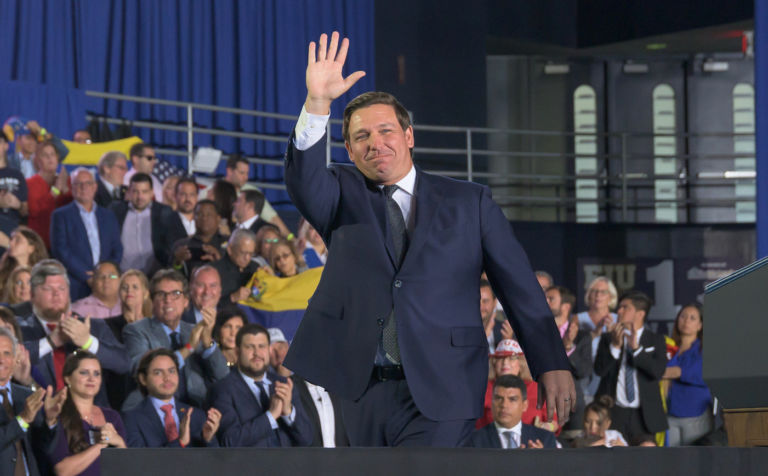James Meigs writes in Commentary magazine about one factor that has hurt experts’ response to COVID-19.
We know now that the coronavirus travels through the air, just as some researchers had begun arguing as early as March. At first, the concern that COVID-19 could go airborne was mostly a hunch based on a few studies. But even if that conclusion was preliminary, why didn’t health organizations warn us that it was possible? A few did, notably in Japan, where the public was advised to avoid crowded indoor spaces. But most other health agencies took months to acknowledge this disturbing possibility.
Were they reckless, or merely incompetent? The answer, I think, isn’t that simple. When I look at how hesitantly the WHO and the CDC dealt with the changing science on COVID-19, I see a pattern one might call the precautionary paradox.
In the 1990s, environmental activists began promoting a concept called the “precautionary principle.” In its simplest form, the principle merely expresses commonsense notions like “Better safe than sorry.” The most frequently cited version of the precautionary principle says this: “When an activity raises threats of harm to human health or the environment, precautionary measures should be taken even if some cause-and-effect relationships are not fully established scientifically.” …
… In health-care terms, COVID-19 was the equivalent of a subfreezing launch day for the space shuttle: an unprecedented situation. This was a time to think differently, to move quickly, to solicit more opinions. For outsiders—especially all of us now judging their actions in hindsight—it’s hard to understand why the WHO, CDC, and FDA didn’t immediately change their approach. But for the professionals inside those organizations, the safety standards they’d developed over decades were close to sacrosanct. Even in a once-in-a-lifetime crisis, it was hard for them to imagine tinkering with their procedural gold standards.
Accepting that COVID-19 might behave differently from better-known respiratory viruses was a high hurdle for the WHO and other health organizations.


